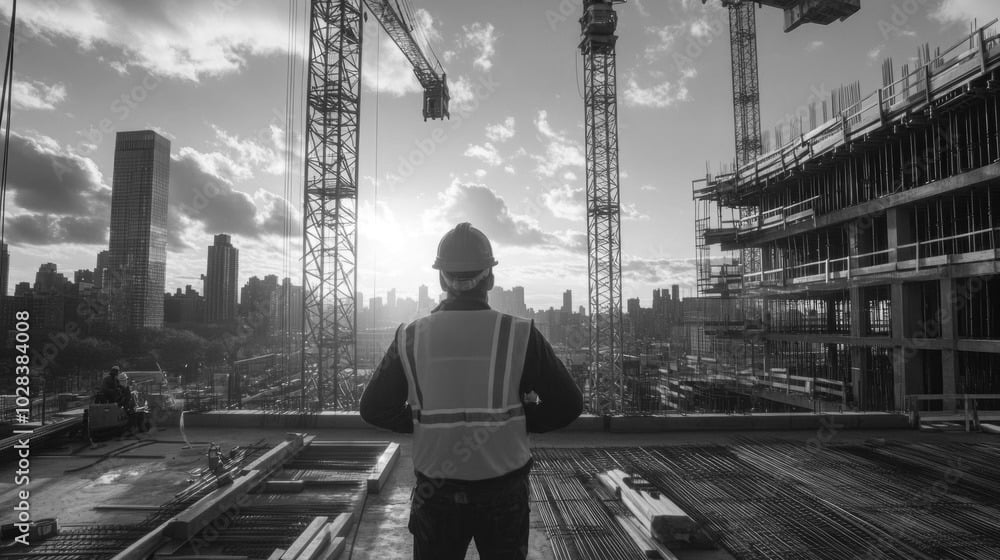
Slips, trips, and falls are the most common and preventable causes of injuries in the construction industry. In the latest statistics from 2022, the U.S. Bureau of Labor reports nearly 1 in 5 workplace deaths occurred in the construction industry and 38% of these deaths were due to falls, slips, and trips. In fact, the construction industry accounted for almost half, 47%, of all fatal falls, slips, and trips in 2022.
The consequences of a slip or trip can be serious, leading to painful lacerations and soft tissue injuries, particularly in the shoulders, knees, and ankles. However, with proper awareness and proactive measures, we can significantly reduce these risks on job sites.
Common Causes of Slips and Trips
These hazards come in all shapes and sizes, including:
- Poor housekeeping and cluttered work areas
- Changes in elevation
- Lack of focus on the task at hand
- Wet or icy surfaces
- Improper material storage
- Absence of designated walkways
- Fatigue
- Bulky PPE
By recognizing these risks and implementing smart safety practices, we can create a safer work environment for everyone.
Safer Workplace Strategies
It’s important to be proactive in preventing accidents. Here are some tips on how to create a safer workplace:
One of the simplest and most effective ways to prevent slip and trip hazards is by keeping the job site clean and organized, for example:
- Capture all trash in bins—never let debris accumulate on the ground.
- Keep electrical cords, hoses, and other items off walking paths.
- Store materials on carts or wheels for easy mobility and organization.
2. Implement 5S for Material Storage
Having a structured approach to material storage can make a huge difference. By keeping walkways clear and properly storing materials, eliminates unnecessary hazards. Follow the 5S principles:
- Sort – Remove unnecessary items from work areas.
- Set in Order – Assign designated storage spots for materials.
- Shine – Maintain a clean workspace.
- Standardize – Use clear signage and labeling.
- Sustain – Ensure long-term adherence to these practices.
3. Keep Stairways Completely Clear
Storing materials on stairways is not only unsafe, but it’s a major hazard during emergencies. Ensure stairwells are clutter free to allow for safe passage and quick evacuations.
4. Plan Material Deliveries
Keep loading docks and delivery paths clear of obstructions. Identify and mark elevation changes with high-visibility paint. Make sure you have your team inspect delivery routes beforehand to spot and address hazards. It’s also helpful to discuss safe material handling to ensure everyone is on the same page.
5. Conduct Regular Safety Inspections
Daily safety checks focused on identifying slip and trip hazards are key to preventing accidents. This helps teams proactively address risks before any injuries occur.
The Bottom Line
Preventing slips, trips, and falls is within our control. By staying aware, keeping our jobsites clean, and following the proper safety procedures, we can protect ourselves and our contractors from unnecessary injuries.
Want to learn more? Contact TSIB today and speak with one of our knowledgeable Risk Advisors on how to keep your project site safe and ensure you have the proper insurance coverage in place should an accident occur.
TSIB’s Risk Consultants are currently servicing the following locations:
East Coast: New York City, NY; Bergen County, NJ; Fairfield County, CT; Philadelphia, PA
Texas: Austin, San Antonio, Houston, Dallas
California: Orange County, Los Angeles County, Riverside County, San Bernardino County, San Diego County


Comments